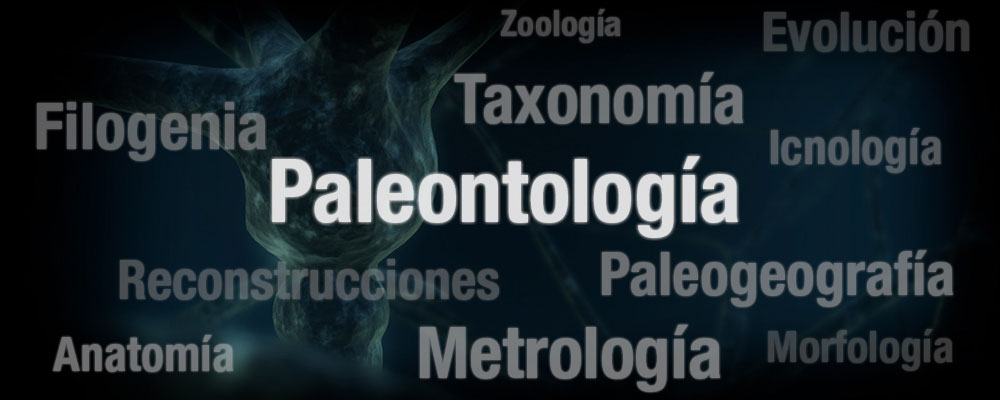
Publicaciones Tamaño de los Proboscideos
- Tamaño Bruhathkayosaurus
- Nota de prensa: las densidades de los dinosauro
- Densidades de los tetrápodos
- Récords dinosaurios saurópodos
- Evolución cráneo Palaeoloxodon
- Poster Palaeoloxodon
- Récords dinosaurios terópodos
- Elefantes antiguos de Alemania
- Tamaño de los Proboscideos
- Elefantes enanos de Sicilia
- Mamuts del Río Songhua
- Dinogeografía
Autor: Asier Larramendi
Tras más de 5 años de investigaciones, por fin sale a la luz mi investigación acerca del tamaño y apariencia de los fabuloso Proboscídeos. No ha sido fácil, pero el duro trabajo ha dado sus frutos, con unos resultados que me han sorprendido a mi mismo. Esté articulo muestra de forma detallada el tamaño que alcanzaron estos paquidermos; desde unos pocos kg en la especie más antigua, hasta el tamaño colosal que lograron unos pocos, que rivalizaba con el de muchos saurópodos (esto era algo totalmente inesperado) dejando posiblemente en segundo lugar (o tercer, o más atrás aún) al mítico Paraceratherium, el cual, basándonos en evidencias sólidas, fue bastante más pequeño de lo que se pensaba.
He desarrollado una serie de nuevos métodos que ayudarán a futuros investigadores a calcular de una forma sencilla la altura y peso de un buen número de especies. Por otra parte, este trabajo será de gran ayuda para aquellos paleoilustradores que quieran reproducir estos fantásticos animales.
Os dejo el abstract (en Inglés) y el link del manuscrito aceptado:
Shoulder Height, Body Mass and Shape of Proboscideans
In recent decades there has been a growing interest in proboscideans’ body size, given that mass is highly correlated with biological functions. Different allometric equations have been proposed in the recent decades to estimate their body masses, based on a large number of living examples. However, the results obtained by these formulae are not accurate because extinct animals often had different body proportions and some were outside the size range of extant samples. Here the body mass of a large number of extinct proboscideans has been calculated by the Graphic Double Integration volumetric method which is based on technical restorations from graphical reconstructions of fossils employing photos, measurements and comparative anatomy of extant forms. The method has been tested on extant elephants with highly accurate results. The reconstructions necessary to apply this method give important information such as body proportions. On the other hand, equations to calculate the skeletal shoulder height have been developed, with a large number of published shoulder heights being recalculated. From the shoulder heights, several equations were created to find out the body mass of a series of extant and extinct species. A few of the largest proboscideans, namely Mammut borsoni and Palaeoloxodon namadicus, were found out to have reached and surpassed the body size of the largest indricotheres. Bearing this in mind, the largest land mammal that ever existed seems to be within the order of Proboscidea, contrary to previous understanding.






